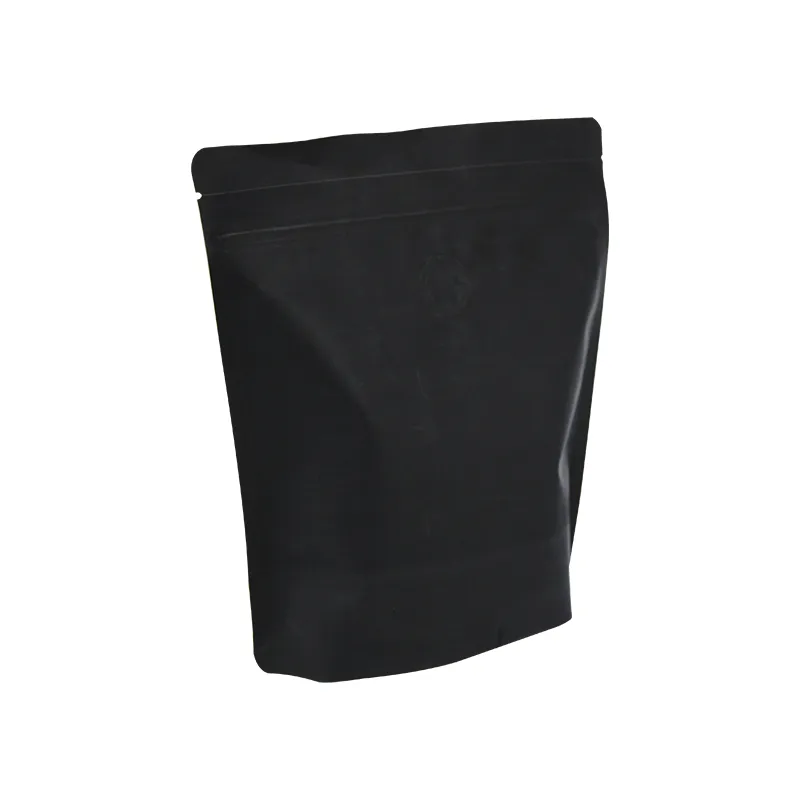- Afrikaans
- Albanian
- Amharic
- Arabic
- Armenian
- Azerbaijani
- Basque
- Belarusian
- Bengali
- Bosnian
- Bulgarian
- Catalan
- Cebuano
- chinese_simplified
- chinese_traditional
- Corsican
- Croatian
- Czech
- Danish
- Dutch
- English
- Esperanto
- Estonian
- Finnish
- French
- Frisian
- Galician
- Georgian
- German
- Greek
- Gujarati
- haitian_creole
- hausa
- hawaiian
- Hebrew
- Hindi
- Miao
- Hungarian
- Icelandic
- igbo
- Indonesian
- irish
- Italian
- Japanese
- Javanese
- Kannada
- kazakh
- Khmer
- Rwandese
- Korean
- Kurdish
- Kyrgyz
- Lao
- Latin
- Latvian
- Lithuanian
- Luxembourgish
- Macedonian
- Malgashi
- Malay
- Malayalam
- Maltese
- Maori
- Marathi
- Mongolian
- Myanmar
- Nepali
- Norwegian
- Norwegian
- Occitan
- Pashto
- Persian
- Polish
- Portuguese
- Punjabi
- Romanian
- Russian
- Samoan
- scottish-gaelic
- Serbian
- Sesotho
- Shona
- Sindhi
- Sinhala
- Slovak
- Slovenian
- Somali
- Spanish
- Sundanese
- Swahili
- Swedish
- Tagalog
- Tajik
- Tamil
- Tatar
- Telugu
- Thai
- Turkish
- Turkmen
- Ukrainian
- Urdu
- Uighur
- Uzbek
- Vietnamese
- Welsh
- Bantu
- Yiddish
- Yoruba
- Zulu
Exploring Innovative Solutions for Efficient Box Filler Packaging Techniques
The Importance of Box Filler Packaging in Modern Logistics
In today's fast-paced world of commerce, efficient packaging solutions are crucial for protecting goods during transportation and ensuring customer satisfaction upon delivery. Among various packaging methods, box filler packaging has emerged as an essential element that not only serves to secure products but also enhances the overall unboxing experience. This article delves into the significance of box filler packaging, its types, and its impact on businesses and consumers alike.
Understanding Box Filler Packaging
Box filler packaging refers to the material used to fill the empty spaces inside a box or container to prevent the movement and damage of the products inside during transit. This fills the voids that can lead to shifting and impacts during handling. The primary objective of box fillers is to provide cushioning and support while minimizing waste. Additionally, they can serve to enhance the aesthetic appeal of the unboxing experience.
Types of Box Filler Packaging
There are multiple types of box filler materials available on the market, each with its unique features suited for different products
. Some of the most common types include1. Bubble Wrap A versatile option that provides excellent cushioning. The air-filled bubbles act as shock absorbers, making this material ideal for fragile items.
2. Foam Peanuts Lightweight and cost-effective, these small polystyrene pieces fill empty spaces and protect products from damage. However, they can create an environmental concern due to their non-biodegradable nature.
3. Paper Fillers Shredded paper or crumpled paper is an eco-friendly alternative to plastic fillers. It is biodegradable and recyclable, making it a popular choice amongst environmentally conscious companies.
4. Inflatable Air Bags These bags can be inflated to provide a custom-fit packing solution. They are lightweight and can be deflated for easy storage, reducing space during shipping.
box filler packaging

5. Molded Pulp Made from recycled paper products, molded pulp is biodegradable and suitable for shipping odd-shaped items. It provides durability and protection while emphasizing sustainability.
Benefits of Box Filler Packaging
The use of appropriate box filler packaging comes with a host of benefits for businesses and customers alike
1. Product Protection The primary function of fillers is to shield products from damage during transport. By minimizing movement and absorbing shocks, fillers ensure that items arrive in pristine condition, reducing the risk of returns and dissatisfaction.
2. Cost-Effectiveness Using the right filler can significantly reduce the likelihood of damaged goods, leading to fewer refunds and replacements, helping businesses save on costs related to product returns.
3. Environmental Friendliness With increased consumer awareness surrounding environmental issues, using sustainable fillers like recycled paper or biodegradable materials can enhance a brand's image and attract eco-conscious customers.
4. Enhanced Unboxing Experience The unboxing process has become an important aspect of the e-commerce experience. Thoughtfully designed box filler packaging can elevate this moment, making it more enjoyable for customers and reinforcing brand loyalty.
5. Versatility Box fillers can be customized according to product dimensions, offering a tailored fit that enhances protection. Businesses can choose fillers based on the specific needs of the products they ship, creating a more efficient packing process.
Conclusion
In conclusion, box filler packaging plays a vital role in the modern logistics landscape. It combines protection, cost-effectiveness, and sustainability while substantially enhancing the customer experience. As e-commerce continues to grow, understanding the importance of effective packing solutions will be crucial for businesses striving to meet consumer expectations. By investing in high-quality box filler materials, companies not only safeguard their products but also contribute positively to their brand image and customer satisfaction.













